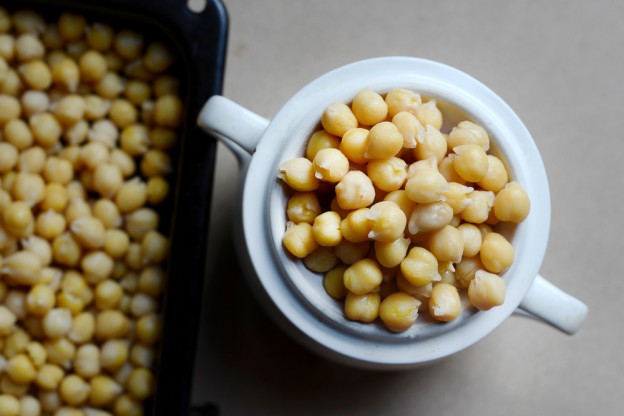I love starting my day with a nutritious breakfast. Some days, I have more time than others to sit down and have a meal. Varying what I eat is important so that I get a variety of nutrients through my diet. If you are like me, you could eat the same thing day after day because you like it… and a routine is an easy rut one can fall into if you are not careful.
Try experimenting with different breakfast ideas. Breakfast is an important meal as it starts your day. Start the day out right with this YogaLean Gluten Free Mini Quiche. You can customize it to add the vegetables that you have on hand, the ones that YOU LIKE. Have fun playing with your food and getting a healthy start to your day.
I have experimented with a gluten free quiche before and have loved the results! This recipe is a modification of my original using muffin “skirts” to make individual quiches and reduce the cooking time. The quiches in this way can be eaten as a grab-an-go breakfast or enjoyed in the home before heading out to start the day. Pair the quiche with seasonal fruit and enjoy! Read more recipes at Healthy Recipe Variations.
Mini Quiche (makes 12)
6 Eggs
1 1/2 Cups Milk (I used original Almond Milk)
2 Cups of Diced Vegetables (I used Red Bell Pepper, Red Onion, and Spinach)
1/2 – 3/4 Cup of Shredded Cheese (Cheddar, Parmesan, Mozzarella work well)
3/4 Cup diced Canadian Bacon
Salt and Pepper to taste
12 Muffin “skirts”
Options:
Use spray olive oil to line muffin skirts so quiche does not stick…it happens in places when this step is not taken
Vegetable pairings suggestions are listed below but eating seasonally is ALWAYS suggested:
Broccoli, Asparagus, Red Onion, and Cheddar
Mixed Colors of Bell Peppers
Spinach and Red Onion or Scallion or Leek
Sweet Potato and Scallion
Omit Canadian Bacon…or substitute in Diced (Cooked) Bacon
Add a teaspoon of gluten free Ian’s Panko Bread Crumbs to the bottom of the muffin “skirt”
Instructions:
Preheat Oven to 375
Cook about 30 minutes until a knife inserted in center comes out clean. Check to see if done after 20 minutes and then each 5 minutes thereafter. Cooking time varies by oven as well as based upon how full the muffin is and how dense the ingredients are packed. Try to make each muffin uniform.
Start by dicing the vegetables you wish to use into SMALL pieces.
Combine eggs, milk, and salt and pepper (to taste) in a bowl. Whisk.
Add vegetables, cheese, and meat if you are using. Stir together with a fork.
Add muffin skirts to a muffin tin and spray skirts with oil.
Add quiche ingredients to skirts (evenly) and back!
You can serve after the Mini Quiches have rested for about 10 minutes or store in an airtight container.
Pair with seasonal fruit … or with a salad if you with to eat this for lunch or dinner.

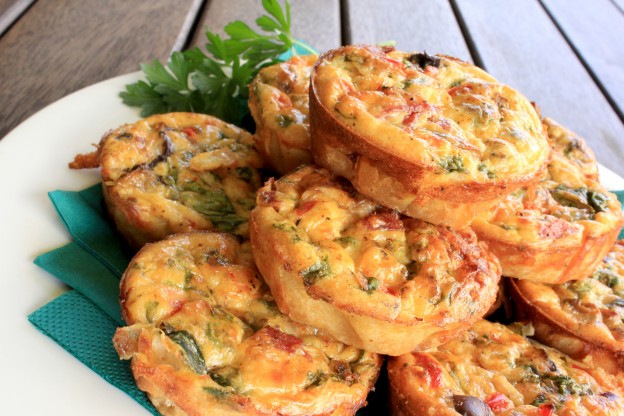



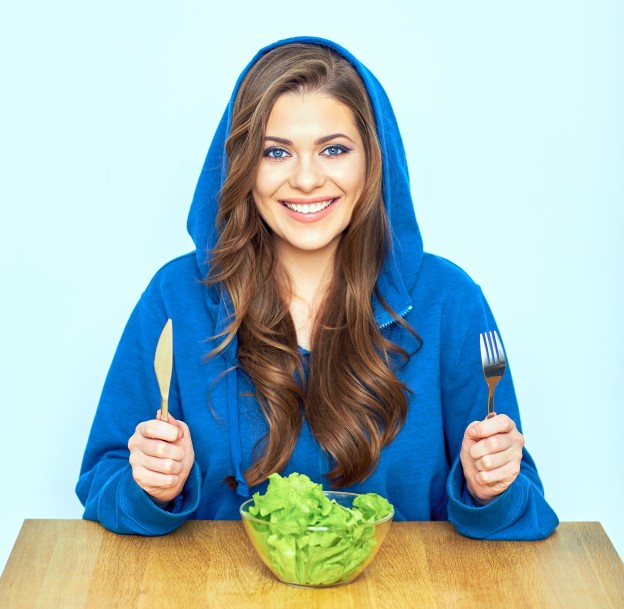

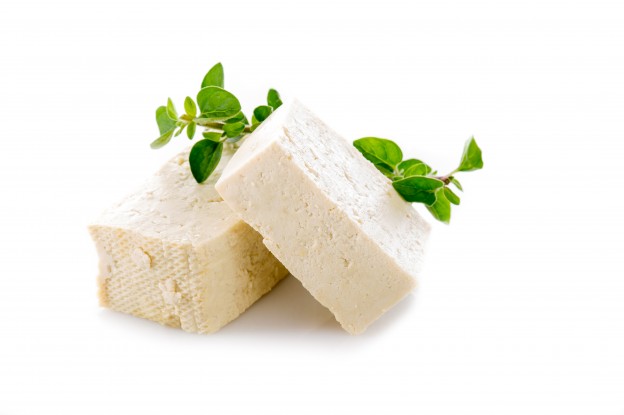




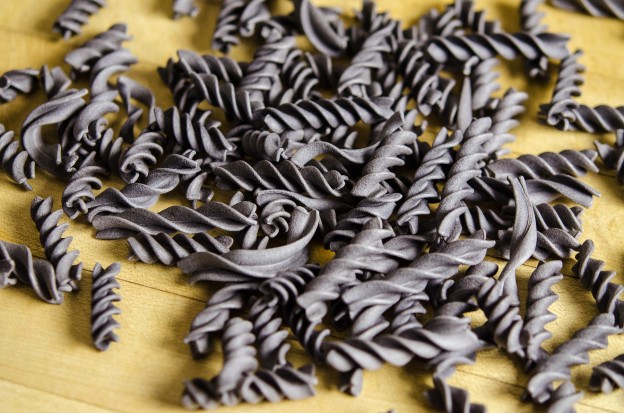

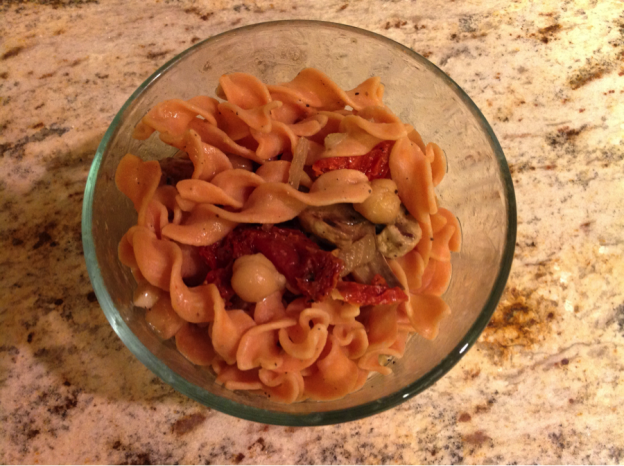
 2. Add diced sundried tomatoes, mushrooms, and broth to pan and
2. Add diced sundried tomatoes, mushrooms, and broth to pan and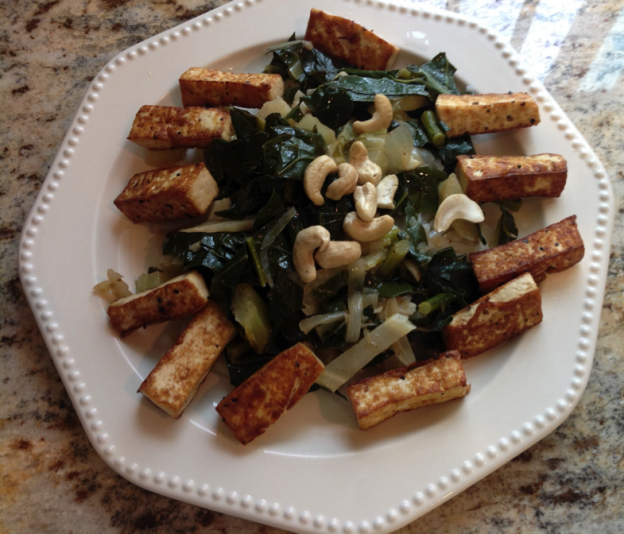
 I have used the greens as a side dish on their own and have enjoyed using them in stir-fry dishes also. The great thing about a stir-fry is that it is a way to use of vegetables that you have in the refrigerator. You do not need to have a large portion of any one vegetable to make a successful stir-fry. Each time you make a stir-fry you can use a different sauce as well. It can be an ever-changing recipe. Of course, when you find a combination you like, you may want to make it time and time again!
I have used the greens as a side dish on their own and have enjoyed using them in stir-fry dishes also. The great thing about a stir-fry is that it is a way to use of vegetables that you have in the refrigerator. You do not need to have a large portion of any one vegetable to make a successful stir-fry. Each time you make a stir-fry you can use a different sauce as well. It can be an ever-changing recipe. Of course, when you find a combination you like, you may want to make it time and time again!

